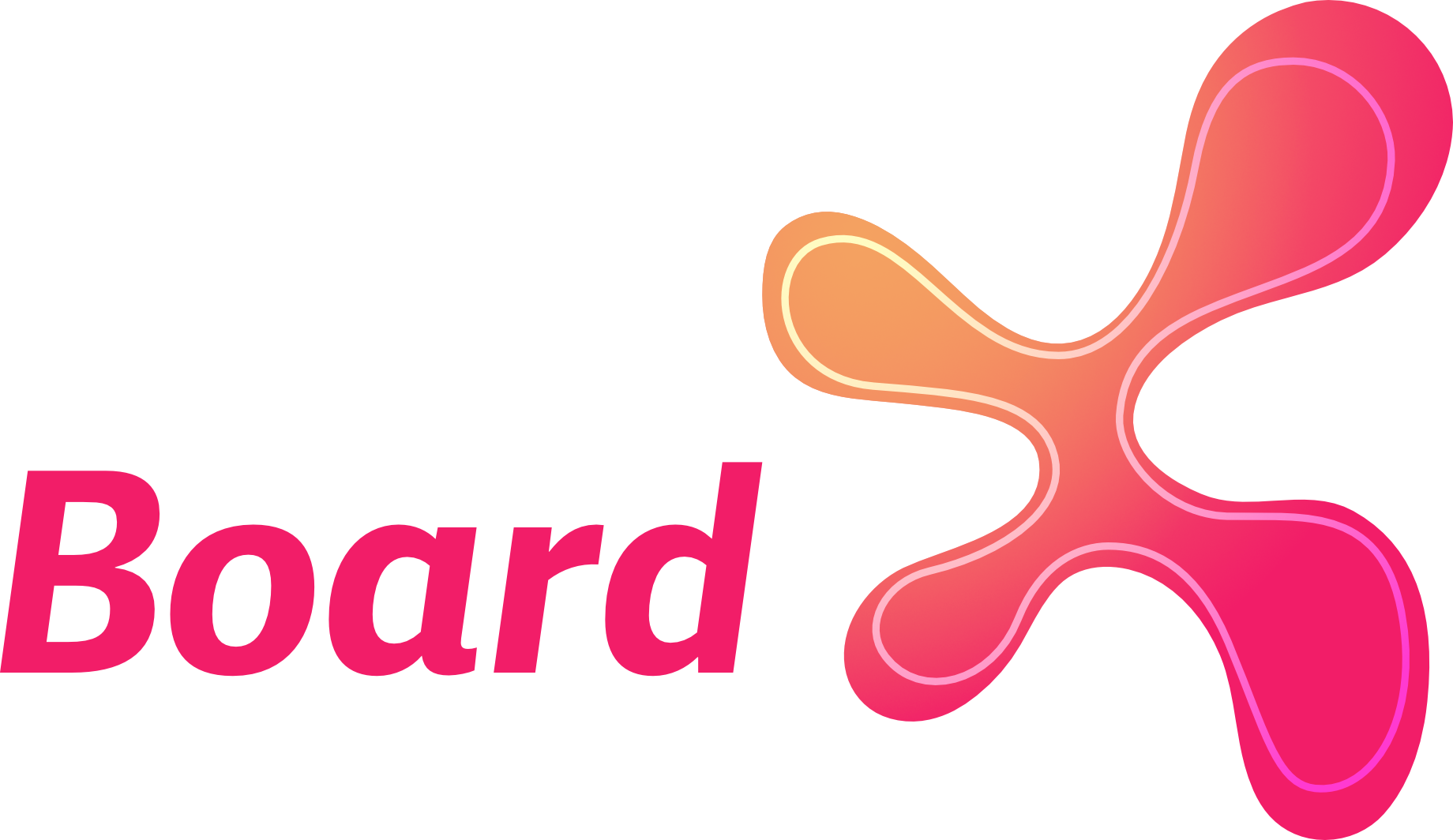Brainstorming - Generate a wide range of ideas quickly.
Brainstorming - Generate a Wide Range of Ideas Quickly
Brainstorming is a creative technique used to generate a wide range of ideas quickly. It encourages free thinking and the sharing of diverse perspectives, making it an essential tool for problem-solving and innovation.
Step 1: Define the Problem or Objective
Clearly articulate the problem or objective you aim to address through brainstorming.
- Problem Statement: Formulate a clear and concise problem statement or objective.
- Example: "How can we improve user engagement on our mobile app?"
- Scope: Define the scope and constraints to provide focus while allowing creative freedom.
- Example: Focus on in-app features and user interface, excluding backend changes.
Step 2: Prepare for the Brainstorming Session
Set up a conducive environment and gather necessary materials.
- Participants: Invite a diverse group of stakeholders, including team members from different departments.
- Materials: Prepare sticky notes, markers, whiteboards, and digital tools if conducting the session online.
- Environment: Choose a comfortable and inspiring setting that encourages creativity.
- Rules: Establish ground rules for the session to ensure a positive and productive atmosphere.
- Example Rules: No idea is too crazy; build on others' ideas; withhold criticism.
Step 3: Facilitate the Brainstorming Session
Guide participants through the brainstorming process to generate a wide range of ideas.
- Warm-Up: Start with a quick icebreaker activity to get participants thinking creatively.
- Example: "If our product were an animal, what would it be and why?"
- Idea Generation: Encourage participants to share as many ideas as possible within a set time frame.
- Time Frame: Set a timer for 15–20 minutes for rapid idea generation.
- Technique: Use techniques such as mind mapping, free association, or SCAMPER (Substitute, Combine, Adapt, Modify, Put to another use, Eliminate, Reverse).
- Capture Ideas: Document all ideas shared during the session.
- Methods: Use sticky notes on a whiteboard, digital collaboration tools, or a designated note-taker.
Step 4: Organize and Evaluate Ideas
Sort and evaluate the generated ideas to identify the most promising ones.
- Grouping: Cluster similar ideas together to identify common themes or categories.
- Method: Use affinity diagrams or thematic grouping.
- Evaluation Criteria: Establish criteria to evaluate the feasibility, impact, and alignment with project goals.
- Criteria Examples: User value, cost, implementation time, innovation.
- Voting: Allow participants to vote on their favorite ideas using methods such as dot voting or anonymous digital polls.
Step 5: Prioritize and Refine Ideas
Select the top ideas and refine them into actionable solutions.
- Prioritization Matrix: Use a prioritization matrix to sort ideas based on impact and feasibility.
- Quadrants: High impact–high feasibility, high impact–low feasibility, low impact–high feasibility, low impact–low feasibility.
- Refinement: Develop the top ideas further by adding details and considering potential challenges and solutions.
- Techniques: Use storyboarding, prototyping, or user journey mapping.
Step 6: Plan Next Steps
Create an action plan to implement the selected ideas.
- Action Plan: Define clear steps, responsibilities, and timelines for implementing the top ideas.
- Components: Task assignments, deadlines, required resources, and success metrics.
- Communication: Share the outcomes of the brainstorming session with all relevant stakeholders.
- Methods: Presentations, detailed reports, or collaborative platforms.
Example Brainstorming Session for Improving User Engagement on a Mobile App
Step 1: Define the Problem or Objective
- Problem Statement: "How can we improve user engagement on our mobile app?"
- Scope: Focus on in-app features and user interface, excluding backend changes.
Step 2: Prepare for the Brainstorming Session
- Participants: Invite team members from product design, user experience, marketing, and customer support.
- Materials: Sticky notes, markers, a large whiteboard, and an online collaboration tool for remote participants.
- Environment: Choose a bright, comfortable room with plenty of space for movement.
- Rules: Encourage creativity, build on others' ideas, and withhold criticism.
Step 3: Facilitate the Brainstorming Session
- Warm-Up:
- Icebreaker: "If our app were a superhero, what would its superpower be and why?"
- Idea Generation:
- Set a 20-minute timer.
- Encourage free association and mind mapping.
- Example techniques: "What if" scenarios, role-playing as different types of users.
- Capture Ideas:
- Participants write each idea on a sticky note and place it on the whiteboard.
- Use an online tool for remote participants to add their ideas in real-time.
Step 4: Organize and Evaluate Ideas
- Grouping:
- Cluster similar ideas into categories such as "Gamification," "Personalization," "Social Features," etc.
- Evaluation Criteria:
- User value, ease of implementation, cost, potential impact on engagement.
- Voting:
- Each participant uses dot voting to select their top 3 ideas.
Step 5: Prioritize and Refine Ideas
- Prioritization Matrix:
- Plot ideas on a matrix based on impact and feasibility.
- Example: Daily challenges (high impact–high feasibility), Augmented reality features (high impact–low feasibility).
- Refinement:
- Select top ideas such as daily challenges, personalized recommendations, and social sharing features.
- Develop these ideas further using user journey mapping and low-fidelity prototypes.
Step 6: Plan Next Steps
- Action Plan:
- Task assignments:
- Product Design: Create wireframes for daily challenges.
- Development: Estimate time and resources for implementing personalized recommendations.
- Marketing: Plan a campaign to promote new features.
- Deadlines: Set deadlines for each task and schedule follow-up meetings.
- Task assignments:
- Communication:
- Share the brainstorming outcomes and action plan in a team meeting.
- Distribute a detailed report via email and collaborative platforms.
By following these steps, you can effectively conduct a brainstorming session to generate a wide range of ideas quickly, organize and evaluate those ideas, and develop actionable solutions to address your problem or objective.

Comments ()